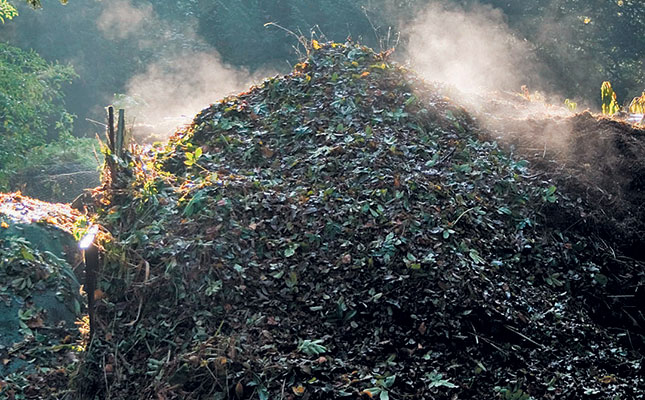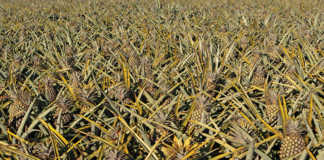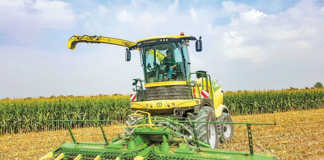
Photo: Andrew Dunn
Waste includes sources of nutrients such as manure, slurry and fertiliser runoff. It should be reused, recycled or disposed of safely.
This is not only environmentally responsible, but can save money. By managing waste products in a dairy, for example, you can provide fertiliser for pasture or biogas as an energy source for your farm or household.
Waste management includes the following:
- Safe storage, recycling and disposal of waste, such as dead livestock, plastic silage wrap, plastic, containers and expired chemicals. This helps prevent pollution, disease and breeding sites for flies and vermin.
- Effective handling, application and storage of manure, silage and synthetic fertilisers. This maximises on-farm nutrient cycling, while reducing pollution and increasing profit.
- Placing dumps, manure heaps and other waste sites at least 32m from water sources or natural habitats to avoid polluting them.
- Timing application of reused waste such as slurry so that soil conditions enable maximum infiltration. The soil should be moist, but not waterlogged or frozen.
- Complying with the relevant waste management laws.
What the law says
Legislation governing waste, fuel and biogas management falls under the National Environmental Management Act (NEMA), the National Environmental Management: Biodiversity Act (NEM:BA) of 2014, the Waste Management Act, and the National Water Act.
By law, the following must be authorised by the Department of Agriculture, Forestry and Fisheries:
- Irrigating land with waste. This applies to the common practice of irrigating lands with manure sludge from ponds after anaerobic digestion.
- Transforming or removing indigenous vegetation in a critically endangered ecosystem.
- Dredging, excavating, infilling, removing or moving soil, sand or rock exceeding 5m³ from a river, dam, wetland or watercourse.
- Constructing or upgrading a dam, levee or weir. A basic assessment report is needed to store, treat and process (including by compost) more than 10t of manure per month, as wellas build the infrastructure required; or process biogas from more than 5t of animal or vegetable waste per day, as well as build the infrastructure required (Section 24, NEMA). A full environmental impact assessment is required to transform or remove more than 100ha of natural vegetation.
In addition, you are required to do the following:
- Avoid or reduce, reuse, recycle and safely dispose of waste. If no waste services are supplied, the waste pit must be leakproof.
- Comply with your water-use licence. This may specify the quality, quantity and temperature of waste discharging into a water source, and the expected outcome of your waste management.
- Adhere to suggested methods of monitoring and analysing water.
- Prevent pollution in general by covering manure and fertiliser stockpiles to prevent wind dispersal, keeping them dry to prevent insects and pests breeding, and storing them away from water sources and groundwater to prevent contamination.
- Provide wash-bay facilities with sumps for cleaning farm equipment to prevent contamination of water and soil.
Please note: the foregoing is intended as a brief overview of the legal procedures involved.
Source: Hawkins H-J, Stanway R, 2013, The Sustainable Dairy Handbook, Nestlé Printers, Bryanston, SA.











